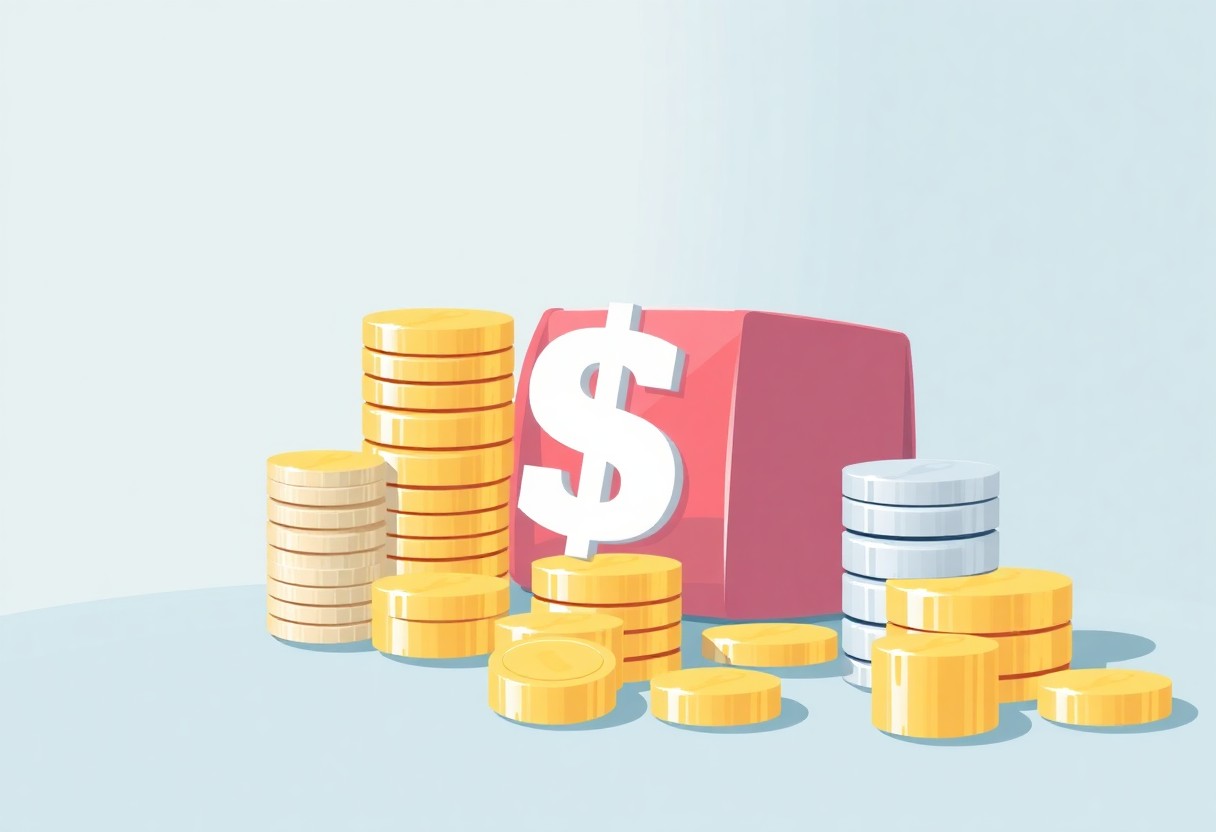Investing wisely involves understanding various low-risk options that can provide steady returns while preserving capital. For investors at different stages of their financial journey—whether they’re new to investing, experienced in the market, aiming for early retirement, or nearing retirement age—low-risk investment vehicles offer stability and security. In this guide, we’ll explore the basics of low-risk investment options such as CDs, bonds, gold/silver, and high-yield savings accounts, and how investors of different profiles can utilize them effectively.
1. Certificates of Deposit (CDs):
Key Features:
- CDs are time-based deposits offered by banks or credit unions.
- They offer fixed interest rates over a specific term, ranging from a few months to several years.
- Funds are locked in until the CD matures, with early withdrawal penalties for accessing funds before maturity.
Utilization Across Investor Profiles:
- New Investors: CDs provide a low-risk introduction to investing, offering predictable returns and capital preservation.
- Experienced Investors: Consider utilizing CDs for short-term cash management and as a component of a diversified investment portfolio.
- Investors Aiming for Early Retirement: CDs can serve as a safe haven for emergency funds and short-term savings goals.
- Investors Nearing Retirement: Consider laddering CDs to stagger maturities and provide a steady income stream during retirement.
2. Bonds:
Key Features:
- Bonds are debt securities issued by governments, municipalities, or corporations.
- They offer fixed interest payments (coupon) and return of principal at maturity.
- Bond prices fluctuate based on interest rates, credit quality, and market conditions.
Utilization Across Investor Profiles:
- New Investors: Consider investing in bond mutual funds or ETFs for diversified exposure to fixed-income securities.
- Experienced Investors: Build a bond ladder with staggered maturities to manage interest rate risk and reinvestment risk.
- Investors Aiming for Early Retirement: Allocate a portion of the portfolio to high-quality bonds for income generation and capital preservation.
- Investors Nearing Retirement: Shift towards more conservative bonds with shorter maturities and higher credit quality to minimize volatility and preserve capital.
3. Gold/Silver:
Key Features:
- Precious metals such as gold and silver are tangible assets traditionally used as a hedge against inflation and currency depreciation.
- They can be purchased in physical form (bullion) or through exchange-traded funds (ETFs) and mutual funds.
Utilization Across Investor Profiles:
- New Investors: Consider allocating a small portion of the portfolio to gold/silver as a hedge against economic uncertainty and inflation.
- Experienced Investors: Utilize gold/silver as a diversification tool to mitigate risk and enhance portfolio stability during market downturns.
- Investors Aiming for Early Retirement: Include precious metals in the portfolio to provide downside protection and preserve purchasing power over the long term.
- Investors Nearing Retirement: Increase exposure to gold/silver as a defensive asset to safeguard against market volatility and inflationary pressures.
4. High-Yield Savings Accounts:
Key Features:
- High-yield savings accounts offer competitive interest rates compared to traditional savings accounts.
- They are typically offered by online banks and credit unions and provide easy access to funds.
Utilization Across Investor Profiles:
- New Investors: Start building an emergency fund or short-term savings goals with a high-yield savings account for liquidity and safety.
- Experienced Investors: Use high-yield savings accounts for cash management and as a parking place for funds awaiting investment opportunities.
- Investors Aiming for Early Retirement: Maintain an emergency fund in a high-yield savings account to cover unexpected expenses and maintain financial flexibility.
- Investors Nearing Retirement: Transition excess cash into high-yield savings accounts to preserve capital and ensure liquidity during retirement.
Conclusion:
Low-risk investment options such as CDs, bonds, gold/silver, and high-yield savings accounts offer investors a range of choices to preserve capital and generate steady returns. By understanding the basics of each option and tailoring their utilization to their investor profile, risk tolerance, and financial goals, investors can build resilient portfolios that withstand market fluctuations and support their long-term objectives. It’s essential to conduct thorough research, seek professional advice, and regularly review investment strategies to ensure they remain aligned with changing financial needs and market conditions.

